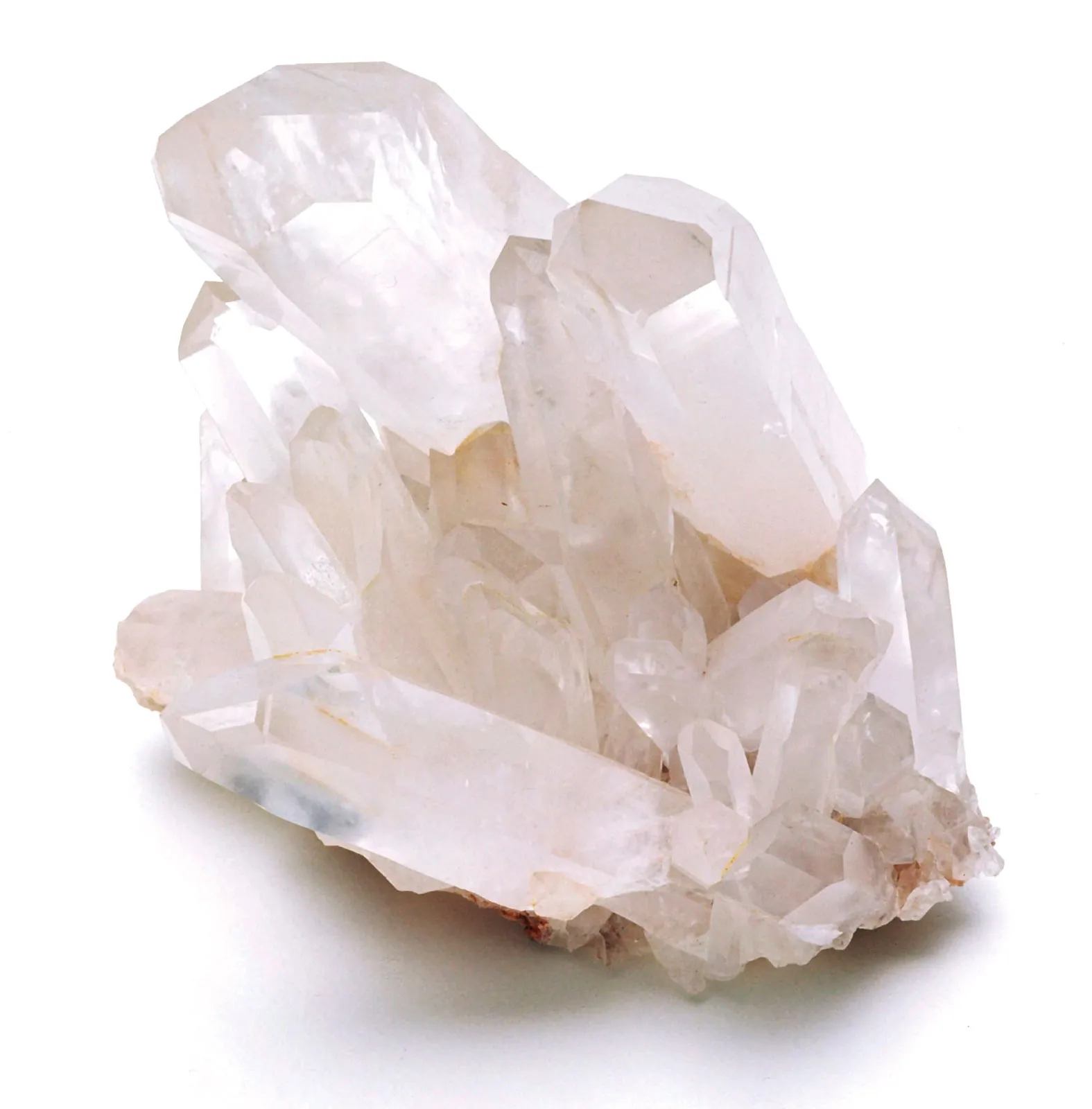Explore the multifaceted world of crystal, where we delve into its significance across various industries, emphasizing its unparalleled qualities and applications. This detailed insight sheds light on the core attributes that make crystal not just a material but a cornerstone of innovation and elegance.
Unveiling the Crystal
Origin and Formation
Crystals form through a remarkable process of atoms coming together in a highly ordered structure, known as crystallization. This process occurs under specific conditions of temperature, pressure, and saturation, leading to the creation of stunning, naturally occurring geometric shapes. The meticulous arrangement of atoms grants crystals their unique properties such as clarity, color, and refractive capabilities, making them invaluable in both technological applications and aesthetic pursuits.
Types and Categories
Crystals come in an array of types, each with its distinct properties and applications. From quartz, known for its piezoelectric properties, to beryl, which includes gems like emerald and aquamarine, the diversity of crystals is vast. These various types find use in industries ranging from electronics to jewelry, highlighting the versatility of crystals.
Crystal in Technology
Precision Instruments
In the realm of technology, crystals, particularly quartz, play a pivotal role due to their piezoelectric properties. When subjected to an electric field, quartz crystals can vibrate at precise frequencies. These vibrations are fundamental in the functioning of quartz watches, which boast an accuracy of +/- 15 seconds per month, and in communication devices where they generate stable signals.
Optical Applications
Due to their exceptional clarity and ability to refract light, crystals are indispensable in optical applications. High-quality lenses, prisms, and lasers all rely on the unique optical properties of crystals. For instance, synthetic sapphire crystals serve as the substrate for lasers, offering high thermal conductivity and hardness levels, which are crucial for the durability and efficiency of these devices.

Crystal in Design and Decor
Elegance and Durability
In the world of interior design and decor, crystal symbolizes elegance and luxury. Its durability, combined with a wide range of colors and forms, allows designers to create pieces that stand the test of time while adding a touch of sophistication to any space. From chandeliers that scatter light to create dazzling effects to elegant tableware, crystal enriches our surroundings with its beauty and resilience.
Customization and Craftsmanship
The versatility of crystal extends to its adaptability in design, enabling artisans to craft bespoke pieces that reflect individual tastes and styles. Custom crystal creations range from intricate jewelry designs to unique home decor items, showcasing the material's ability to be molded into virtually any shape and color, catering to the high standards of craftsmanship and aesthetic appeal.
Challenges and Innovations
Despite its numerous advantages, working with crystal comes with its set of challenges, including the cost and complexity of manufacturing. High-quality crystal production requires precise conditions and skilled craftsmanship, leading to higher costs compared to less refined materials. However, advancements in manufacturing technologies have begun to address these challenges, improving efficiency and reducing waste, thereby making crystal more accessible without compromising on quality.
In conclusion, the prismatic core of crystal extends far beyond its physical beauty, encompassing a wide range of applications that leverage its unique properties. From its role in advancing technology to its timeless appeal in design and decor, crystal continues to enchant and innovate, proving its enduring value and versatility.